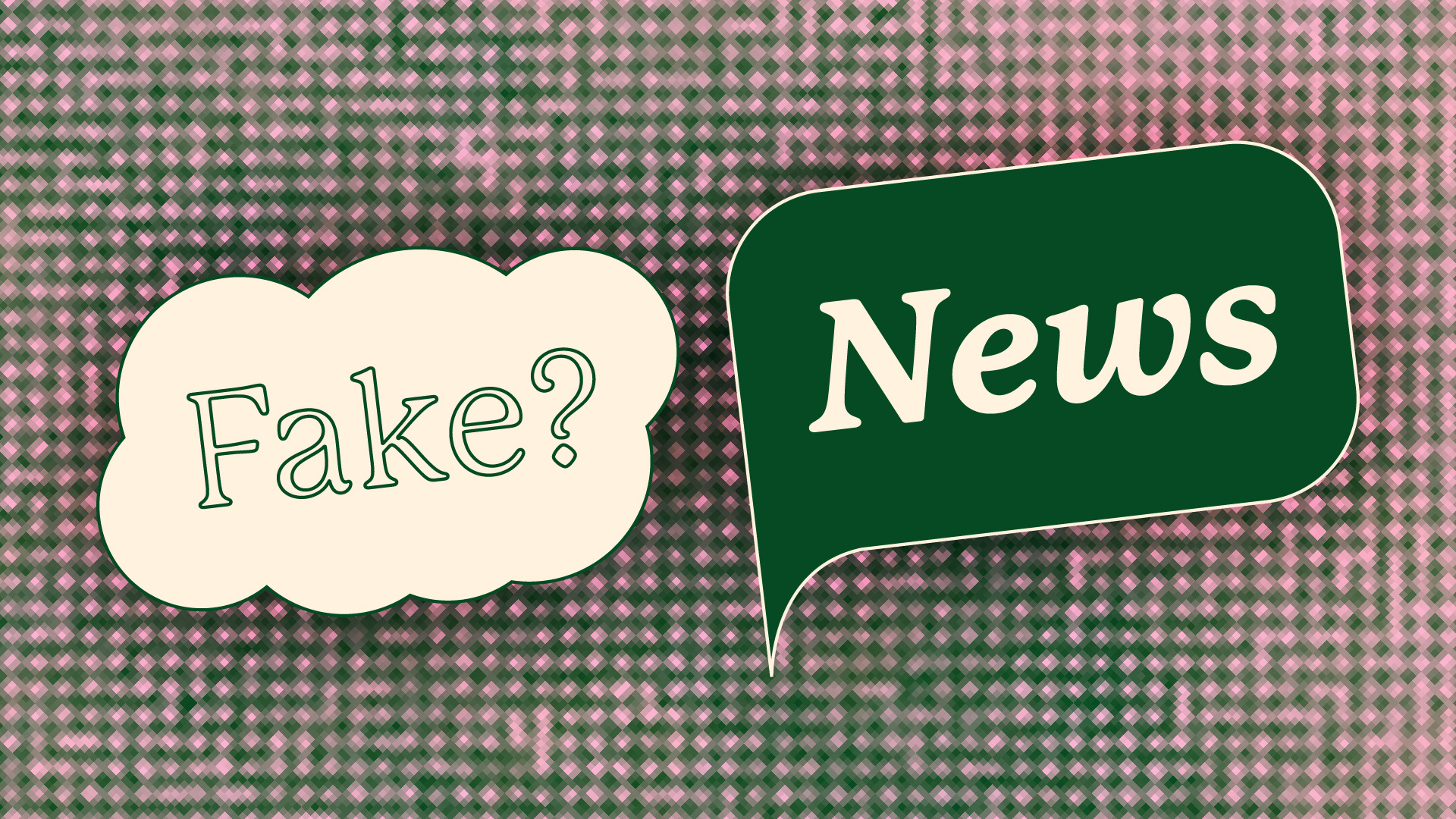
We know it’s out there. And we know there are those who consume fake news in the belief it's true. New research based on a Cambridge University test on spotting fake news shows that the age group in the US most susceptible to misinformation are those aged under 45.
So, we asked two second-year RMIT University Journalism students to take the test and tell us how they went – you can find their experiences below. And if you want to find out how good your nose for fake news is, the test is here.
By Lauren Richardson
Is it real? Or is it fake? This is a question that has weaselled its way into our media consumption. In truth, I was deeply concerned that this news literacy test would be a harsh wake-up call regarding my susceptibility to fake news.
I get a lot of my news from neat parcels on Instagram slides or on Reddit. And though the latter comes with links and sources, it’s often hard to know which ones to trust.
So my relief was immediate when the study, which I did in both formats, concluded I was largely very good at figuring out what would be fake news, from the headline alone. Achieving 19/20 and 15/16 respectively, a big part of my success was the knowledge that some of them were fake news from the outset, which set me up for looking for the markers that might giveaway whether it was 'real or fake'.
I looked for emotive languages, finger pointing, broad conclusions to polarising issues and conspiracy theories to mark the headlines as fake news. And mostly, it worked. Yet I was surprised to read the results that my peers, other young people, were more likely to fall prey to these tricks. In my mind's eye, it was the old redneck Trump supporter from the deep south, pickup truck and gun nearby, who might believe that vaccines were toxic and the government is covering up their part in 9/11.
But I suppose we wouldn't be facing a misinformation crisis if only one hyper specific group was falling for it. And although the study did agree that conservatives were more likely to, they're only part of the picture.
My biggest takeaway, though, was how much all this scares me. Misinformation, fake news, that people believe them. It really terrifies me.
By Elisha Walker
Taking the Cambridge University misinformation susceptibility test offered valuable insight into my news literacy skills and ability to discern real from "fake" headlines.
I approached the test with a sense of skepticism, uncertain of my own abilities to distinguish misinformation knowing how adeptly false news can be presented as authentic. I see it every day on social media where algorithm-driven platforms proliferate the spread of fake news for the novelty and shock value that the content provides.
During the test, I found myself navigating through the mix of real and fabricated headlines with a heightened sense of caution. Each headline required careful consideration, as I understood that misinformation often lurks in seemingly credible content.
I found myself considering various factors while assessing each headline's authenticity. Familiarity played a role as I tended to trust headlines that resonated with information I had previously encountered from reliable sources.
Headlines that appeared sensational or outlandish raised suspicions about their credibility, while vaguely plausible headlines were particularly tricky as they seemed believable at first glance but required closer scrutiny to determine their legitimacy.
Upon receiving my test results, which showed a score of 17 out of 20, I was initially quite surprised. While I had a general sense about which headlines were real or fake, it proved to be difficult to know the answer to any of them for sure.
This revelation reinforced the importance of continuous training and vigilance in honing my news literacy skills. As a journalism student, I hold a critical responsibility in disseminating accurate information and countering the spread of misinformation.
That responsibility is made more urgent as the research findings demonstrated that on average Americans failed to correctly classify one-third of headlines as real or fake. This alarming statistic made me recognise the urgency of strengthening news literacy not only among journalists but also across the broader population.